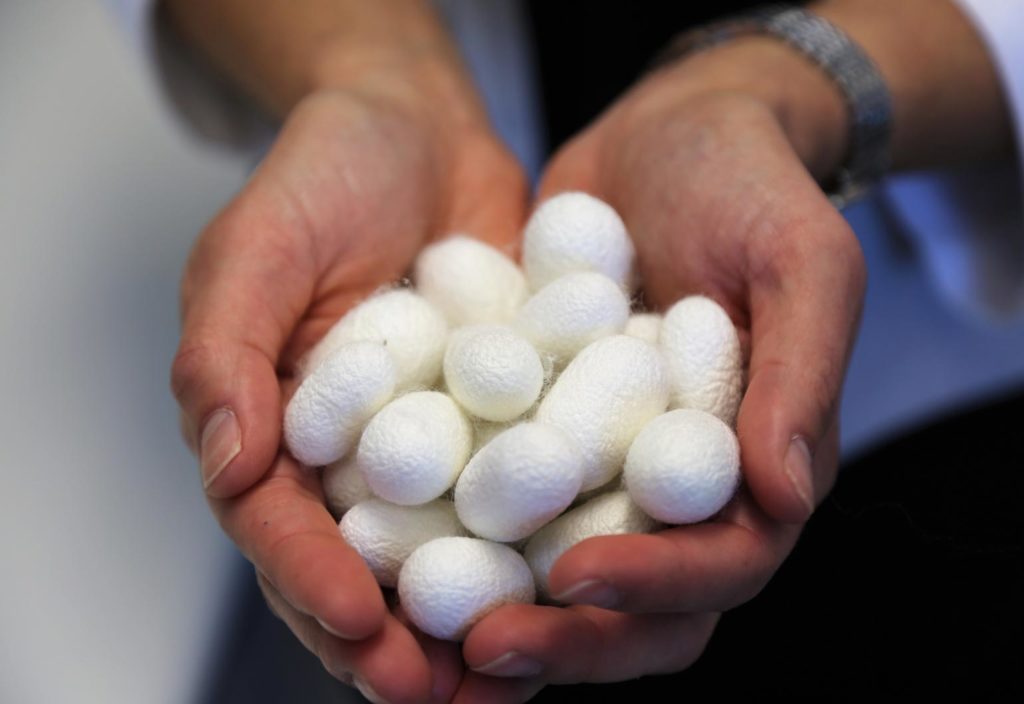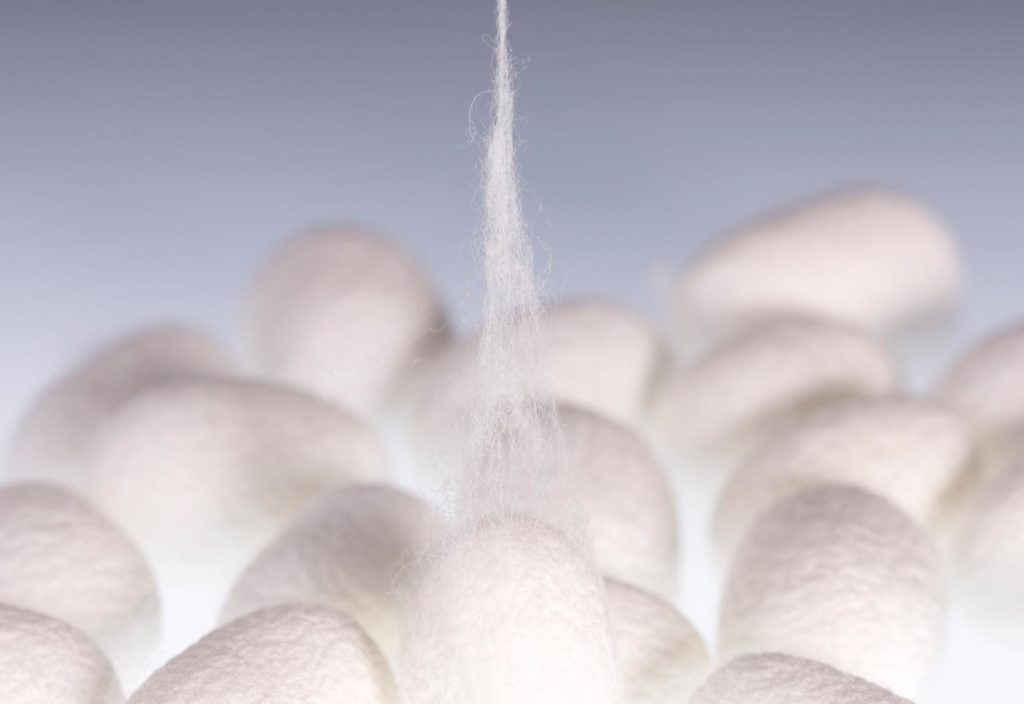Jelena Rnjak-Kovacina is growing new tissue to heal damaged hearts — but the challenge comes with its own complications.
Acute myocardial infarction, or heart attack, was the main cause of more than 57,000 hospitalisations in 2016-17, according to the Australian Institute of Health and Welfare.
Following a heart attack, heart cells that have been starved of oxygen eventually die and form scar tissue, which means it’s nearly impossible to return a damaged heart to its former state.
In extreme cases, it can result in a complete organ loss and the need for a heart transplant.
Dr Jelena Rnjak-Kovacina, a researcher from the University of New South Wales’ Graduate School of Biomedical Engineering, is using her knowledge of biomaterials based on silk to improve technology that could repair the hearts of cardiac patients.

Act natural
For her cardiac patches, Rnjak-Kovacina uses silk that has been isolated from silkworm cocoons as her biomaterial.
“Silk has been used medically for thousands of years — it was one of the earliest sutures used in the medical field,” she said.
The advantage of silk is that it is a protein, which means it’s a natural product that can degrade in the body over time. When used in a cardiac patch, it could be delivered to the heart and integrated with the heart tissue, stimulating regeneration of the surrounding tissue and, over time, degrading and gradually disappearing.

Cardiac patches are made of biomaterials that are grown in a lab to interface with human hearts and have the potential to be long-term alternatives to treating myocardial infarction.
“The idea behind the patch is essentially to replace the bit of the heart that has died with a living tissue that we’ve grown in the lab,” Rnjak-Kovacina said.
While there are numerous challenges to developing living cardiac patches, technological advances in the biomedical engineering field mean human tissue analogues can be grown in the lab.
This comes with its own challenges, however, as the tissues do not have capillaries, meaning they do not have a blood supply and must rely on passive diffusion of oxygen and nutrients.
For a number of years now, Rnjak-Kovacina’s research has looked at how to get a better diffusion of oxygen and nutrients into the tissues and how to get them to vascularise once they’re implanted, quickly getting a blood supply.
The research is now focused on two areas: the best way to promote vascularisation when using silk as a scaffold on which to build tissue, and working out which cells, such as stem cells, are best to use for this process.
This will include developing new biomaterial architectures and testing how quickly they vascularise in animal models.
But human trials could be at least 10 years away.
“That does depend on how well the research goes and working with the clinical collaborators on what the pathway to clinical trials is for this,” Rnjak-Kovacina said.
Rnjak-Kovacina’s research is being funded by a $400,000 Heart Foundation Future Leader fellowship over four years.
This article originally appeared as “Unbreak my heart” in the March 2019 edition of create magazine.
